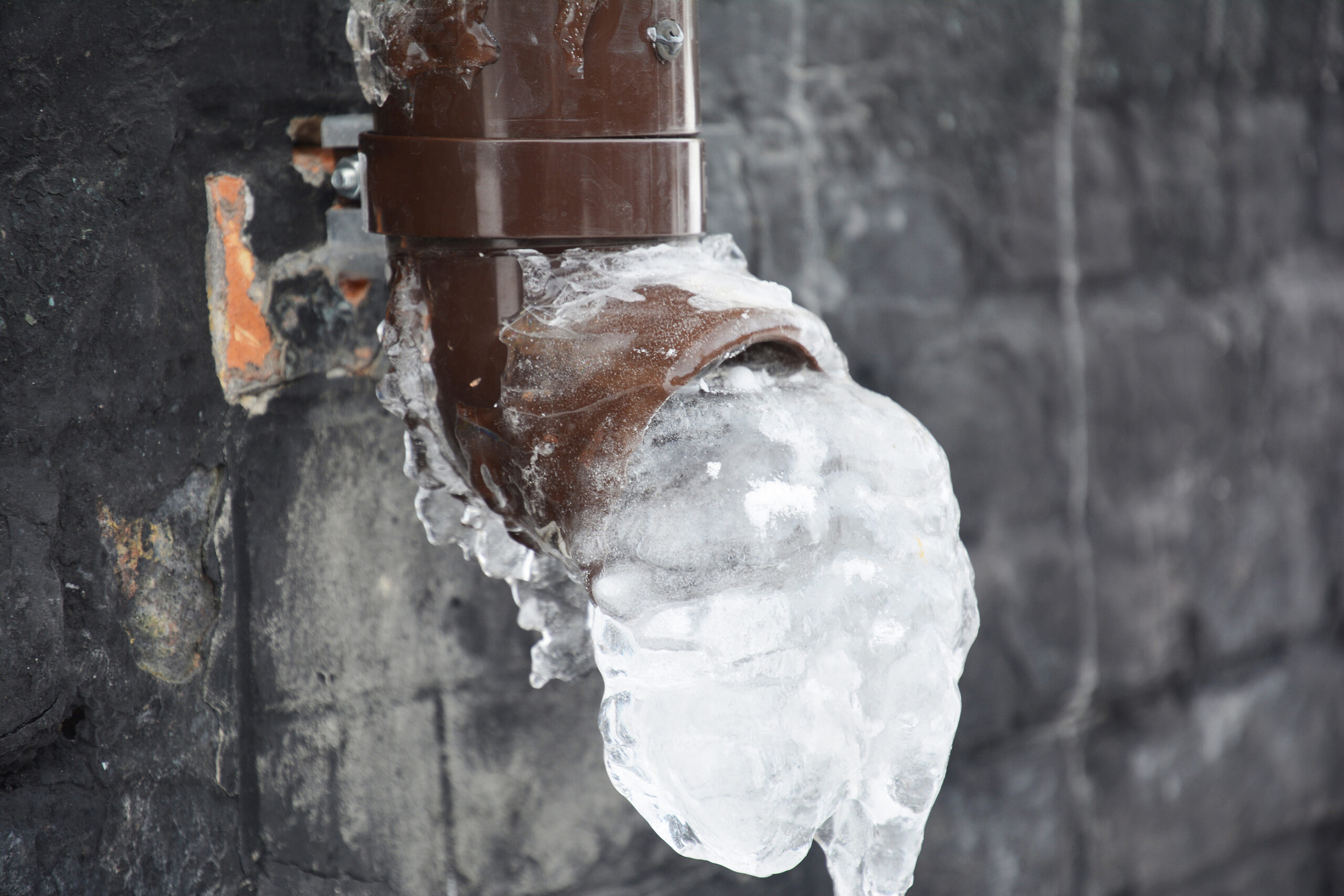How to Avoid Frozen Plumbing in Winter: Pro Advice
How to Avoid Frozen Plumbing in Winter: Pro Advice
Blog Article
How do you really feel with regards to Winter Plumbing Precautions: Preventing Frozen Pipes?

Winter can damage your pipes, especially by freezing pipes. Right here's just how to avoid it from occurring and what to do if it does.
Intro
As temperature levels decline, the threat of icy pipelines increases, possibly bring about pricey fixings and water damages. Comprehending how to stop icy pipes is essential for homeowners in cool climates.
Understanding Icy Pipes
What creates pipes to ice up?
Pipes ice up when exposed to temperature levels below 32 ° F (0 ° C) for prolonged durations. As water inside the pipes ices up, it expands, putting pressure on the pipeline walls and potentially creating them to burst.
Risks and problems
Frozen pipelines can result in water disturbances, residential or commercial property damages, and pricey repairs. Ruptured pipes can flooding homes and create considerable structural damage.
Signs of Frozen Pipes
Determining icy pipes early can avoid them from breaking.
How to determine frozen pipes
Look for lowered water circulation from faucets, unusual smells or sounds from pipes, and visible frost on revealed pipelines.
Avoidance Tips
Insulating vulnerable pipelines
Wrap pipelines in insulation sleeves or utilize heat tape to secure them from freezing temperatures. Concentrate on pipes in unheated or outside locations of the home.
Heating strategies
Keep indoor rooms adequately warmed, especially locations with pipes. Open cupboard doors to enable cozy air to circulate around pipes under sinks.
Securing Exterior Plumbing
Garden hose pipes and outside taps
Separate and drain pipes garden hoses before winter season. Set up frost-proof spigots or cover outside faucets with insulated caps.
What to Do If Your Pipelines Freeze
Immediate actions to take
If you believe icy pipes, keep taps open to eliminate stress as the ice thaws. Make use of a hairdryer or towels taken in hot water to thaw pipelines gradually.
Long-Term Solutions
Structural changes
Take into consideration rerouting pipelines far from exterior wall surfaces or unheated locations. Add added insulation to attics, basements, and crawl spaces.
Upgrading insulation
Buy high-quality insulation for pipelines, attics, and wall surfaces. Proper insulation assists maintain regular temperature levels and lowers the danger of icy pipes.
Final thought
Preventing icy pipes needs aggressive measures and quick feedbacks. By understanding the causes, indicators, and safety nets, homeowners can safeguard their pipes throughout winter.
5 Ways to Prevent Frozen Pipes
Drain Outdoor Faucets and Disconnect Hoses
First, close the shut-off valve that controls the flow of water in the pipe to your outdoor faucet. Then, head outside to disconnect and drain your hose and open the outdoor faucet to allow the water to completely drain out of the line. Turn off the faucet when done. Finally, head back to the shut-off valve and drain the remaining water inside the pipe into a bucket or container. Additionally, if you have a home irrigation system, you should consider hiring an expert to clear the system of water each year.
Insulate Pipes
One of the best and most cost-effective methods for preventing frozen water pipes is to wrap your pipes with insulation. This is especially important for areas in your home that aren’t exposed to heat, such as an attic. We suggest using foam sleeves, which can typically be found at your local hardware store.
Keep Heat Running at 65
Your pipes are located inside your walls, and the temperature there is much colder than the rest of the house. To prevent your pipes from freezing, The Insurance Information Institute suggests that you keep your home heated to at least 65 degrees, even when traveling. You may want to invest in smart devices that can keep an eye on the temperature in your home while you’re away.
Leave Water Dripping
Moving water — even a small trickle — can prevent ice from forming inside your pipes. When freezing temps are imminent, start a drip of water from all faucets that serve exposed pipes. Leaving a few faucets running will also help relieve pressure inside the pipes and help prevent a rupture if the water inside freezes.
Open Cupboard Doors
Warm your kitchen and bathroom pipes by opening cupboards and vanities. You should also leave your interior doors ajar to help warm air circulate evenly throughout your home.

I ran across that content about How To Avoid Freezing Pipes while surfing the web. Sharing is caring. Helping people is fun. I thank you for your readership.
Website Report this page